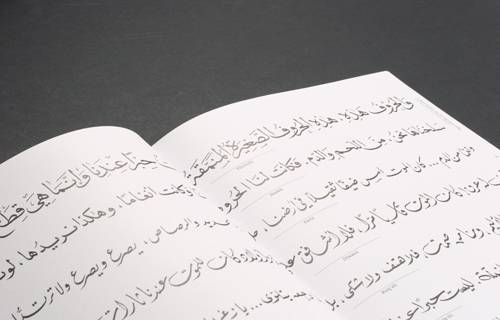The Story Of Gemmayze: From Its Naming To Its Worst Criminals
The longest street in Beirut and one of the most beautiful neighborhoods in the city, the beloved Gemmayze area hides many stories and secrets. Discover them in a new episode of “Beirut’s Collective Memory“.
Today, I want to talk about the Al-Byara neighborhood: Al-Byara, the plural of Abaar, was the name of Gemmayze before. And of course, Gemmayze got its name from the jemmayz (syacamore) trees that filled the area, and particularly one large one. There are two main stories behind the name of this area: one of the stories says that there used to be a ruler who would sit under the large sycamore tree until he one day ordered for it to be cut down and used for firewood. The second, and probably more accurate story, was that one of the most famous “abadayet” of Gemmayze, a man named Al-Osta Baz, would sit under the sycamore tree. One day, he was approached by someone from the Samadi family proposing that they open a coffee shop here. Baz agreed and told him: a man’s word is his bond, and hence the Ahwet al-Gemmayze was established.
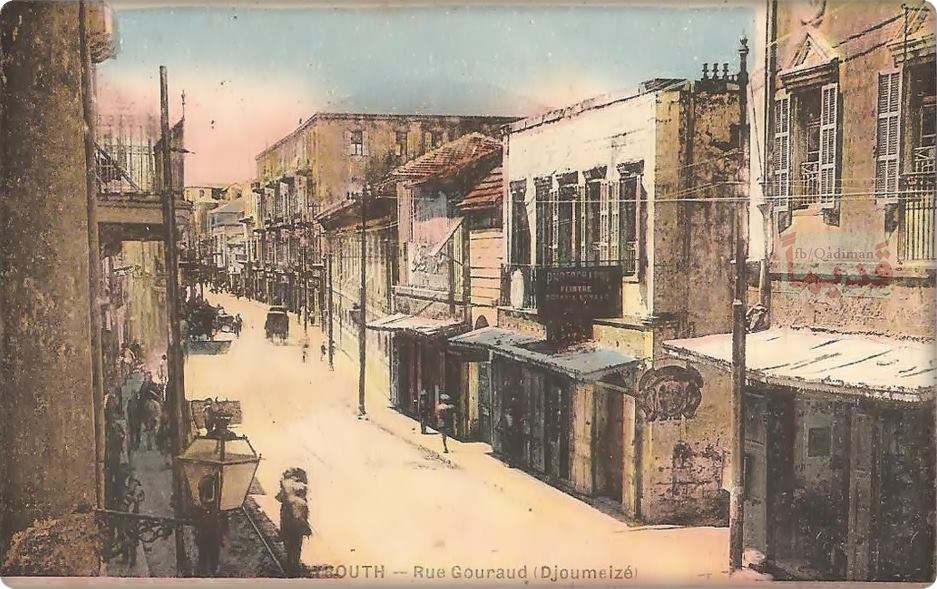
Let’s travel back in time to 1845 when the Beirut-Damascus railway was inaugurated, passing through Gemmayze and significantly impacting the area’s development. Adding to that infrastructure was a tramway which also ran though Gemmayze, establishing the area as a key route for those journeying north. These combined factors resulted in a flourishing period for the area, and this prosperity was notably reflected in the lives of the residents of Gemmayze. As a result, many people in the region experienced newfound wealth, prompting them to relocate to Achrafieh and build their homes there, while simultaneously renting out their Gemmayze homes to those displaced from the mountains.
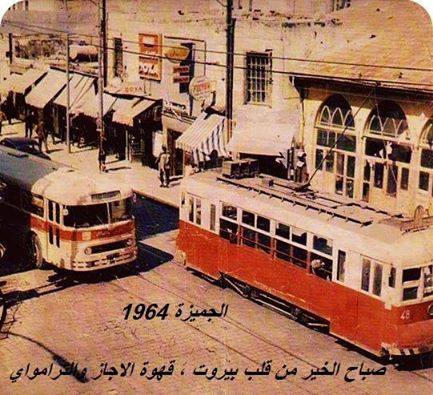
Gemmayze Street is one of the longest in Beirut, but in fact, there’s no such thing as ‘the area of Gemmayze’, it’s actually a combination of four areas: the Port, Saifi, Rmeil, and Mdawar. The first thing that comes to mind when you say Gemmayze is undoubtedly the Gemmayze Stairs (St. Nicolas Stairs), but Gemmayze is known for so much more than just the stairs alone. Schools like the Saint Famille, Freres, and Ecole des Trois Docteurs are mainstays. In terms of the arts and culture, the first theatre in the East, Maroun Naccache Theatre, was established in Gemmayze, there is the Racing Club in Gemmayze, and Lebanon’s first Olympic Swimming Club? Also in Gemmayze.
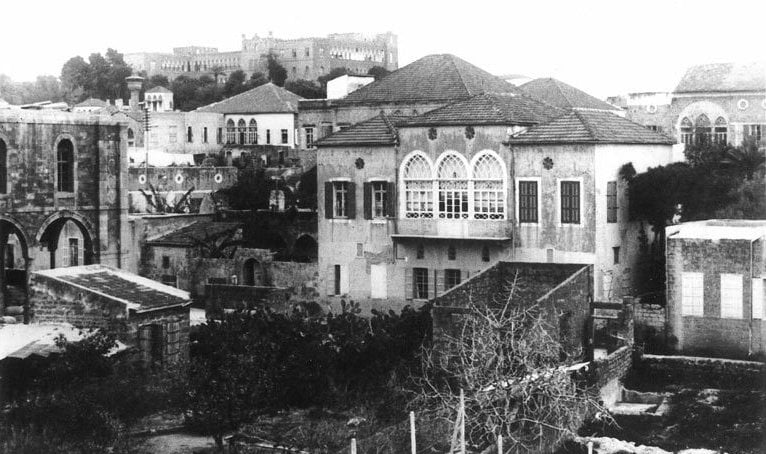
Speaking of the St. Nicolas Stairs, it is told that during World War I, residents would climb up to the top of St. Nicolas to see when Jamal Pasha was in route. That was back when he lived in Linda Sursock’s palace in Gemmayzeh.
There were upholsterers as far as the eyes could see, stonemasons making mortars, and coal makers. Notably, Gemmayze was renowned for its soap factories and the production of high-quality chocolate, which was supplied to the Presidential Palace during Bechara Khoury’s reign. It’s a a known fact that most of the properties in Gemmayze were owned by Lady Cochran, AKA Yvonne Sursock. The neighborhood boasted famous residents, most notably Edmond Zeeni, Rafic Hobeika, Samira Toufic, Sami Khayat…In fact, the people of Gemmayze still consider themselves to be one big family.
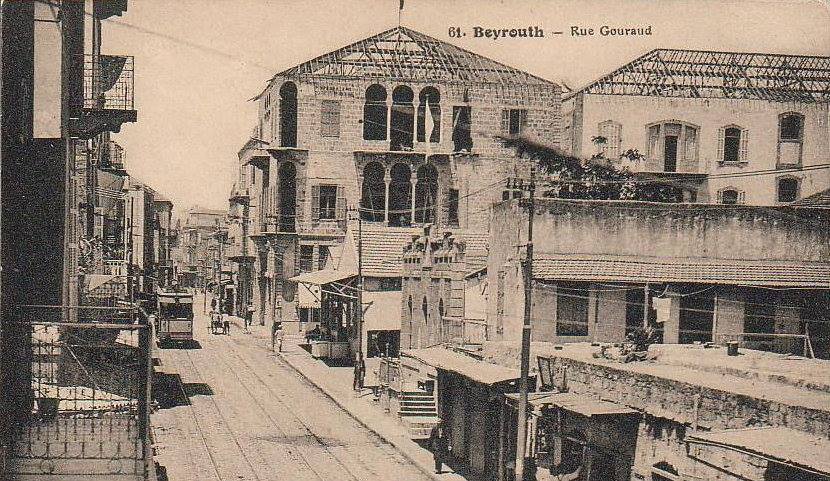
Every time someone passed away, he would collect the body in the evening, perform the dissection the next morning, and then return and bury the remains. One day, he followed the usual routine: taking a body to the University for dissection and waiting outside until they finished. Unexpectedly, a student approached him and said, ‘, What have you brought us? The man you’ve brought in is alive, not dead.’ Meanwhile, the supposedly deceased man’s family was mourning at home, with all his relatives overcome with sadness and grief. They immediately took the man back in the car, and our protagonist accompanied them. Despite the funeral being ongoing, he entered and ask, ‘How much would you pay me if I bring so-and-so back to life?’ It is said that he managed to pocket five Liras upon the ordeal.
And we regretfully mention that one of the worst criminals in Lebanon’s history, serial killer Victor Awad used to sell coal in Gemmayze once upon a time.
Do you have stories or anecdotes to share about Old Beirut? Email us!
collective-memory@beirut.com
To join the WhatsApp group that started it all and to tune in to more beautiful Beirut stories, click here
Join Group on WhatsApp
Sharing these stories would not have been possible without the work of following historians and researchers. If not for them and many others, Beirut’s heritage and history would have been lost. A special thanks goes out to:
Louis Cheikho – Taha Al Wali – Nina Jedejian – Hassan Hallak – Suheil Mneimneh – Abdul Lateef Fakhoury – Ziad Itani – Beirut Heritage Society – Ya Beyrouth Page


